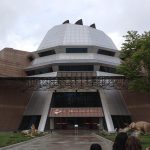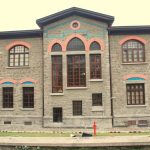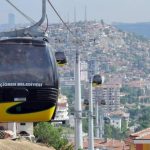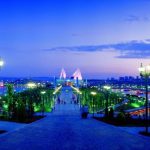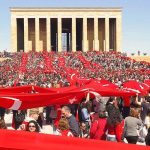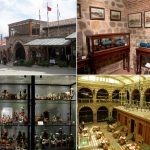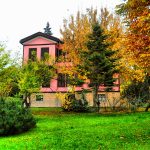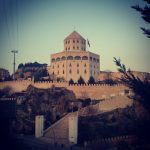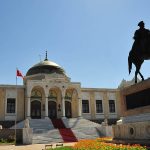This mosque, one of the biggest mosques in the capital city of Ankara, is one of the most important monuments in the capital, although it is not a historical building. Considering the workmanship and architecture of the mosque, which has recently been opened for service, it seems to have been built around centuries ago.
Kocatepe Mosque, which was built by the Turkish Religious Foundation, was decided to be held in the capital and the Diyanet Foundation decided to organize the project competition. Architect Vedat Dalokay’s project, which prepared the most beautiful project, became the first and the foundations of the glass were laid. However, the mosque was not built according to this project and was out of the expected architectural style. Following the decision of the public, the construction of this project has not been continued.
Similar to Vedat Dalokay’s project, which was first in the contest organized by Religious Foundation, today it is used in Faysal Mosque in Pakistan. Faysal Mosque is considered one of the most modern Islamic works in the world. A more traditional building for the Kocatepe Mosque was considered suitable and the design of the glass was made by Hüsrev Tayla and Ftih Uluengin. This project was also welcomed by the public. It is said that it is far from the creativity and mimic Mimar Sinan’s works. Kocatepe Mosque, prepared with this project despite the criticism and reactions, was inspired by Sultan Ahmet Mosque built by Sedefkar Mehmet Aga.
Architectural Features
The Kocatepe Mosque, one of the most beautiful mosques in Ankara, was built on an area of 4500 square meters. The mosque, which has been built for 20 years, opened its doors to worship in 1987. The mosque has 4 minarets and these minarets are 88 meters long. It is possible to exit with minaretere lift.
In the lower part of the glass there is a library, a business center, a conference hall, administrative sciences and a parking lot. When you enter the mosque, you can see the magnificent mixture of historical Ottoman architecture and modern architecture. Greetings from the hills, you will feel a lot of hand grit in all the tiles from the marbles. The texts in the camin are written by Hamit Aytaç and Mahmut Öncü, and the texts in the conference room are written by Emin Barın.














